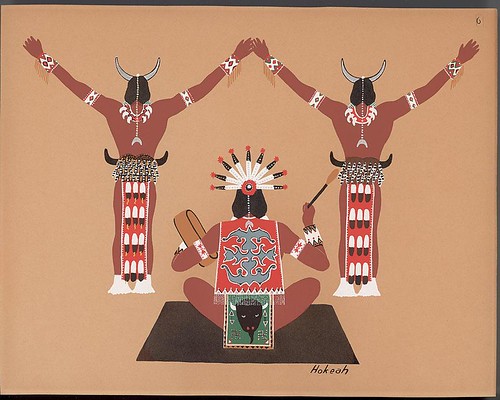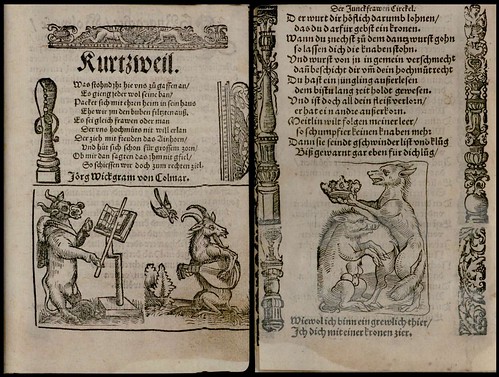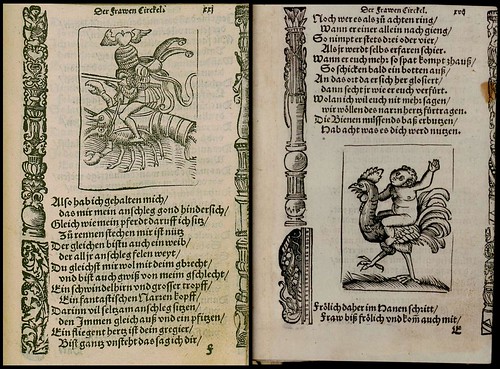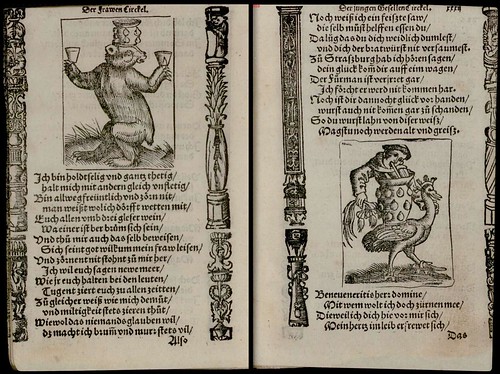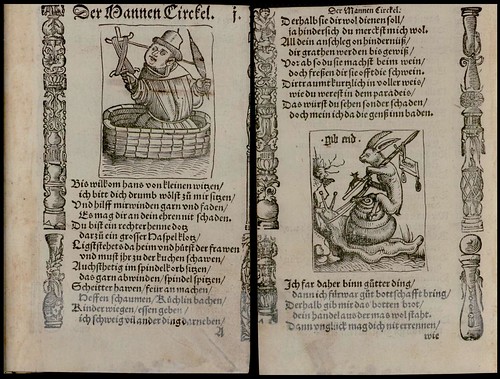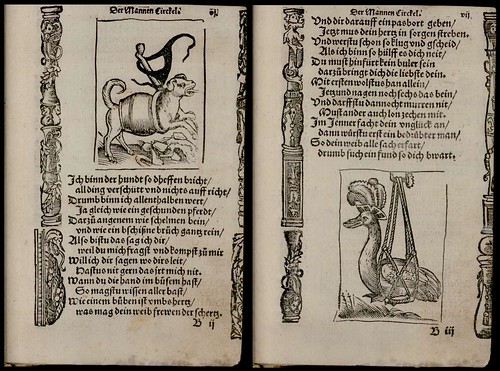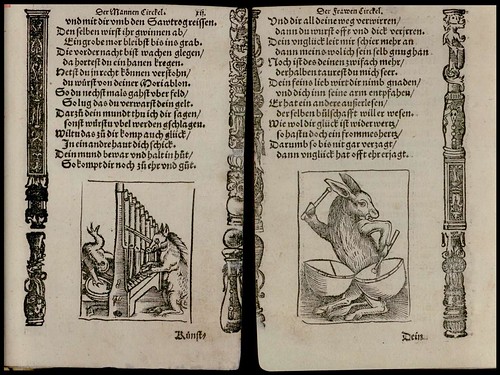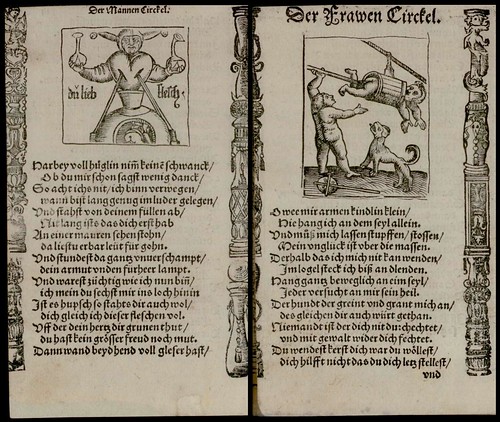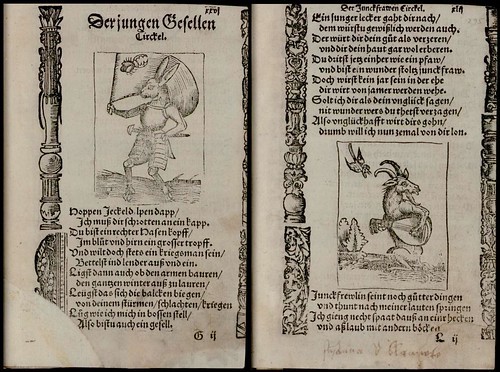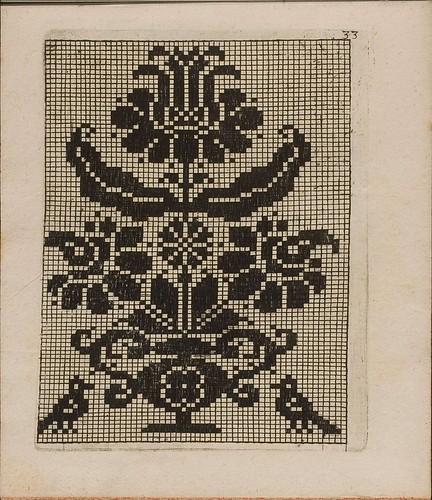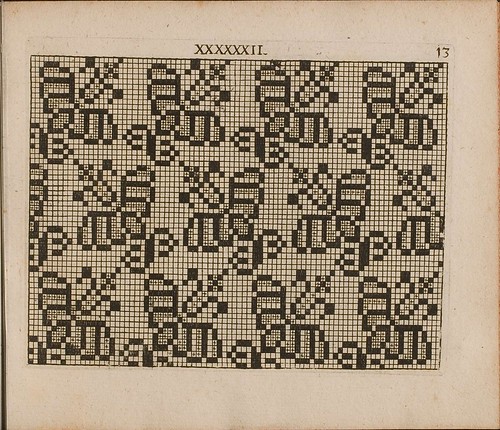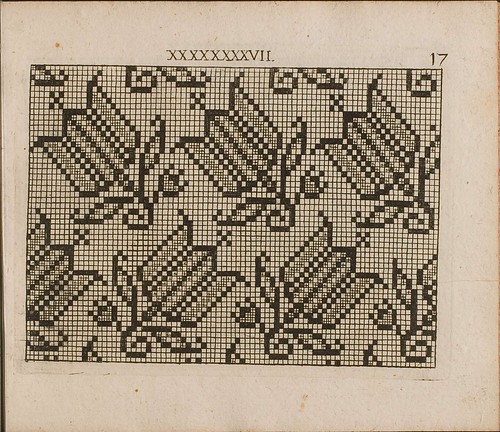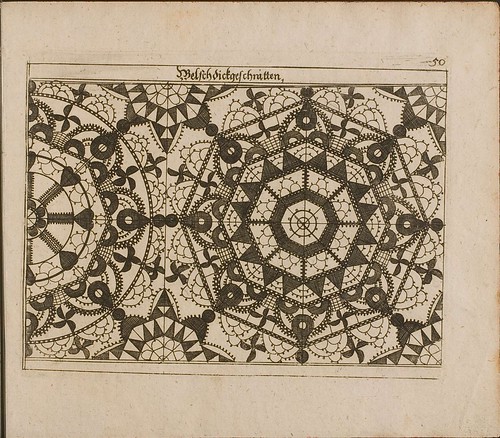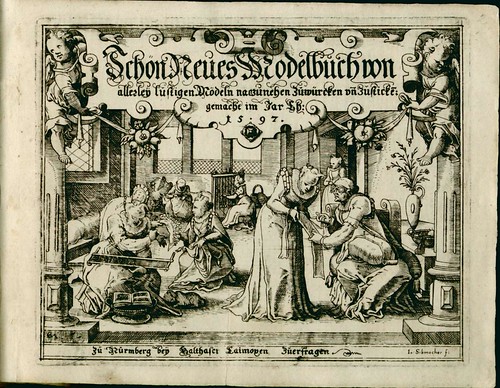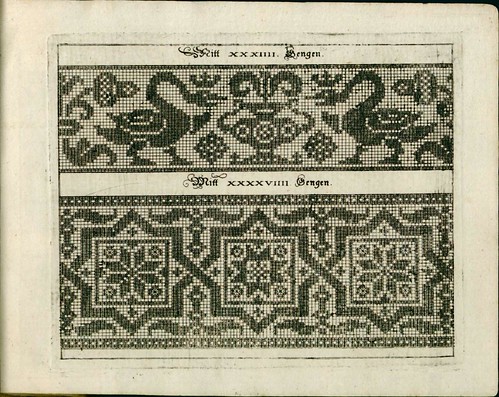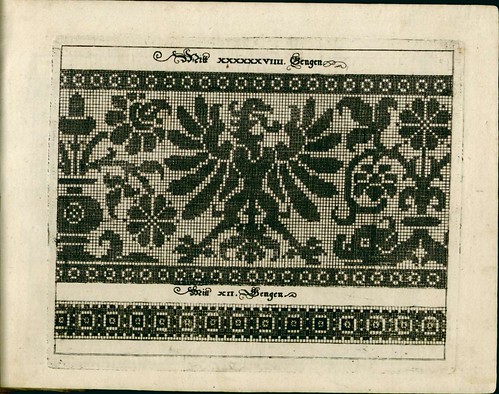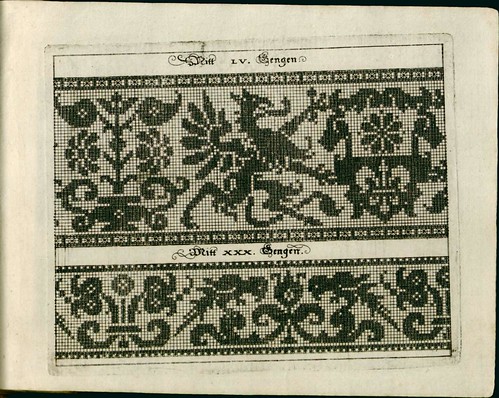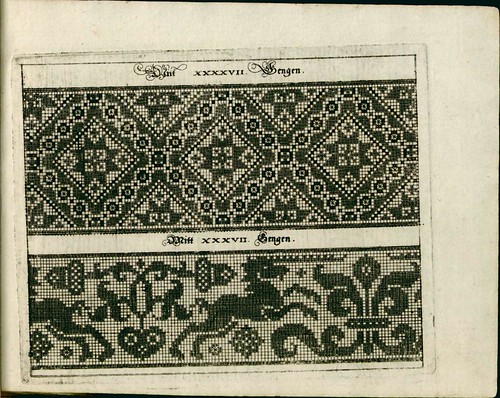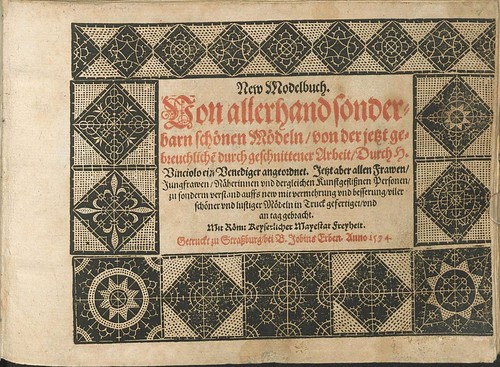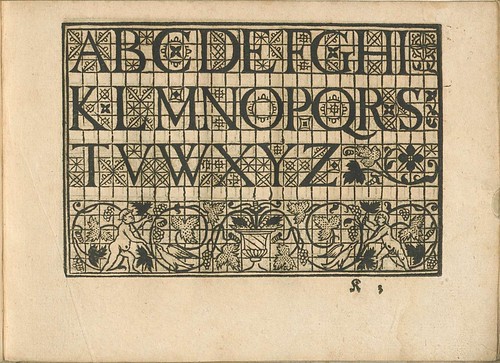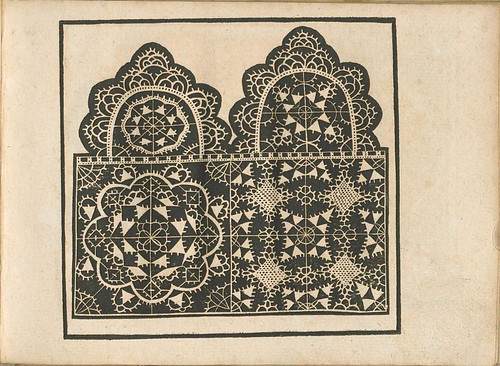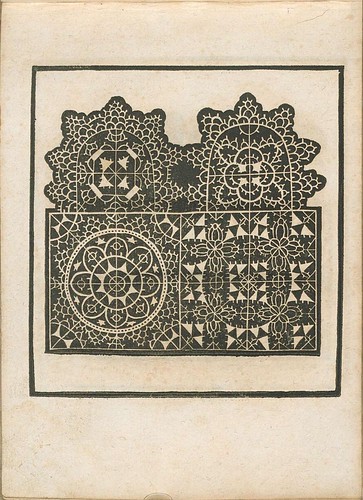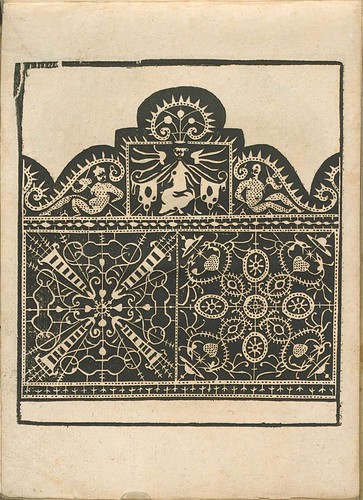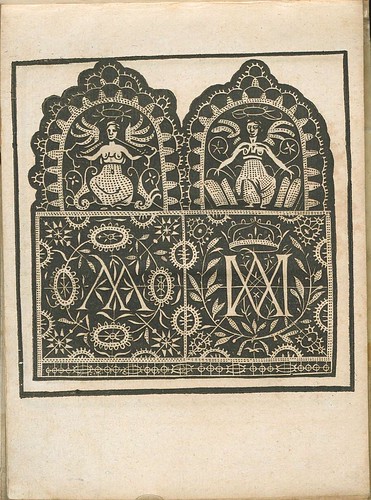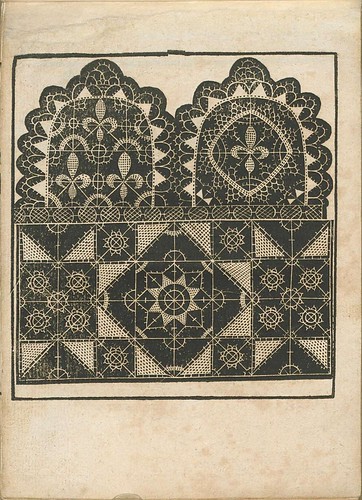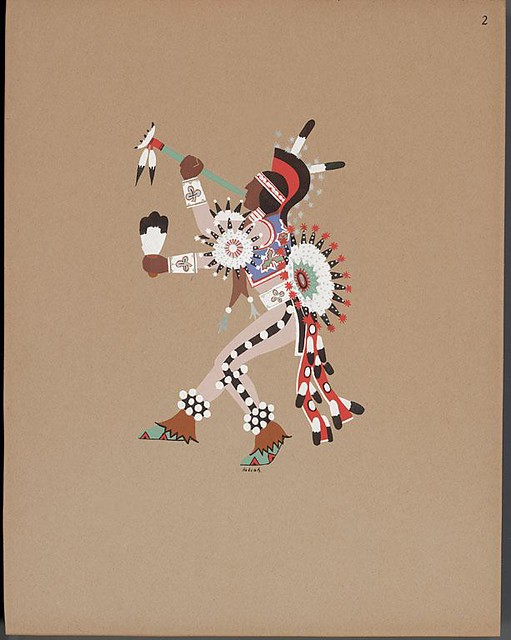
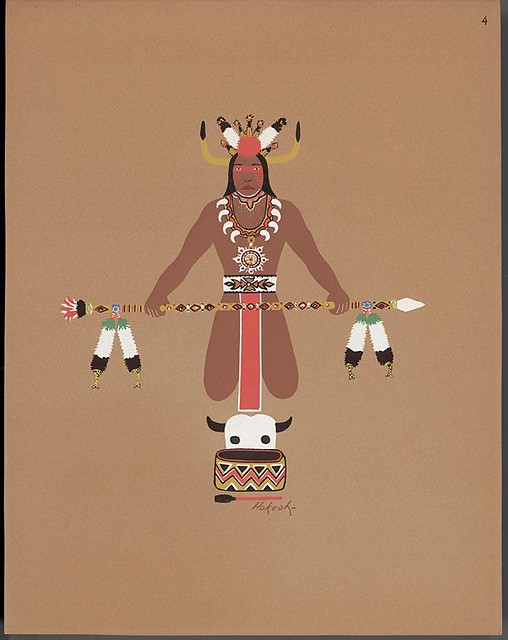
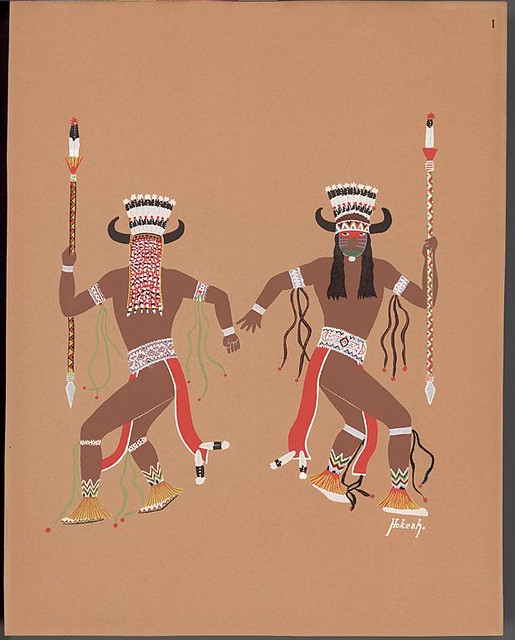
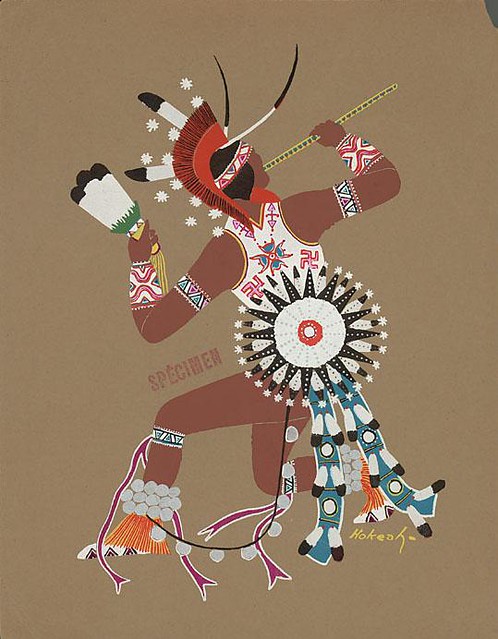
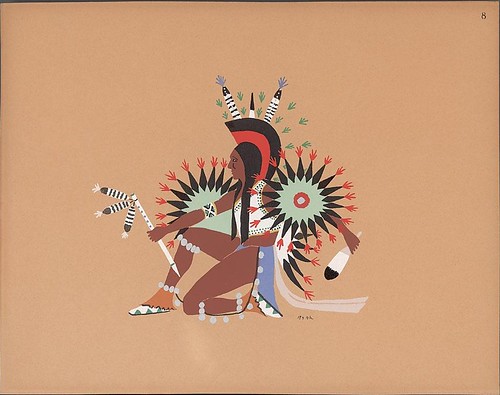
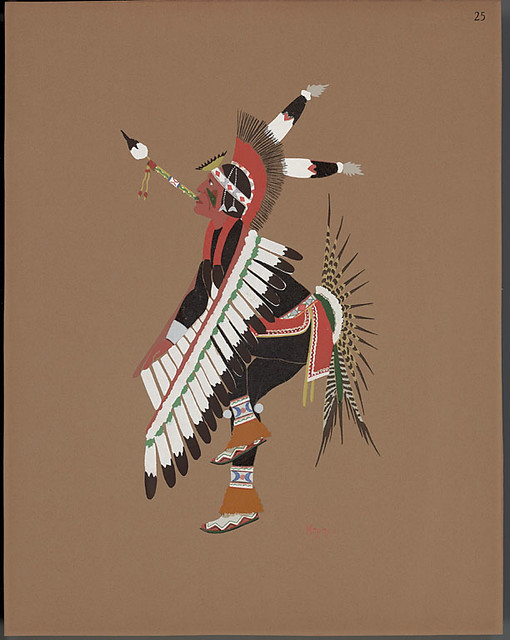
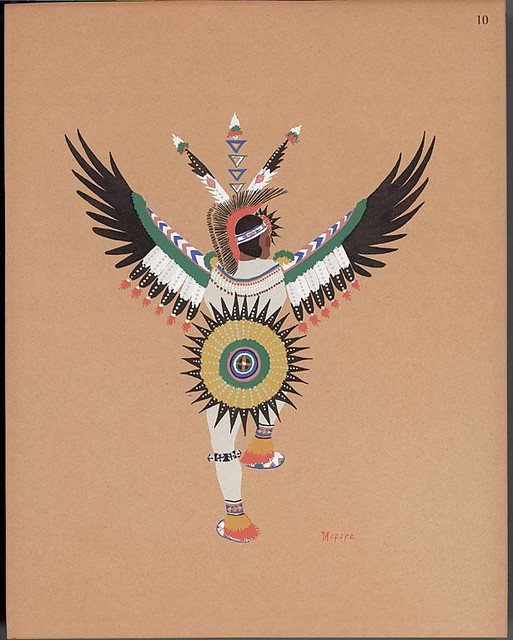
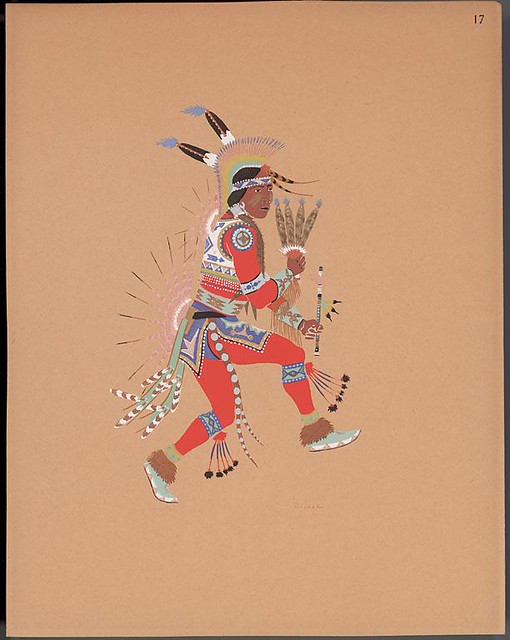
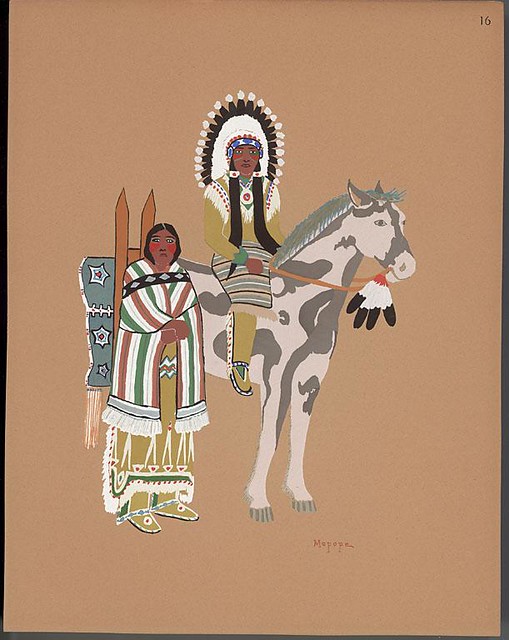
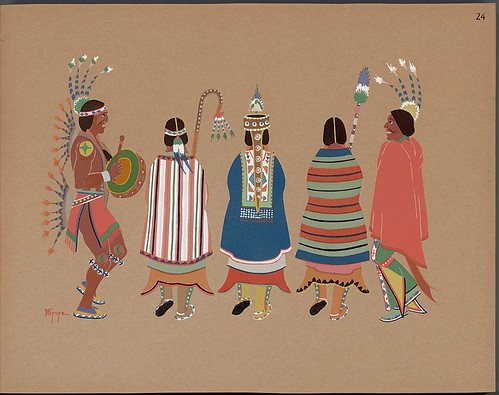
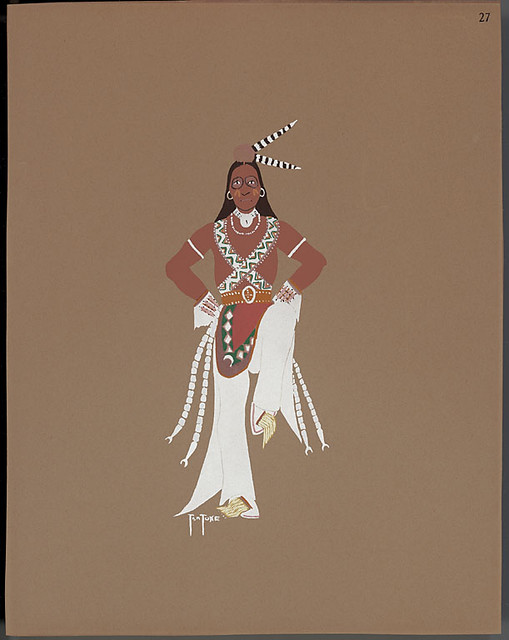
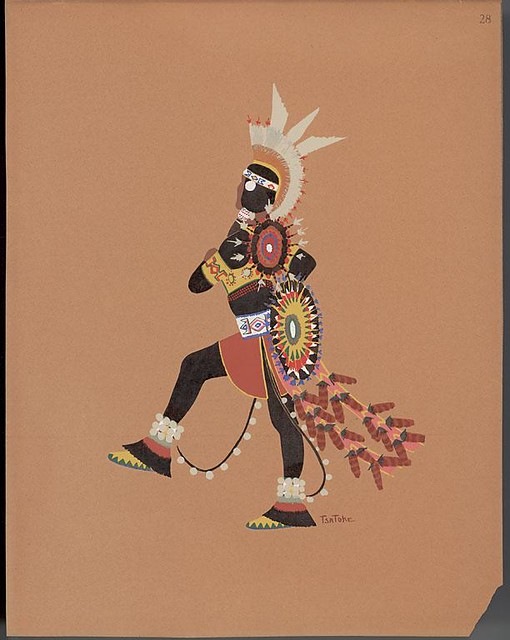

"The Kiowa Five were a group of painters who earned national and international acclaim during the early twentieth century. The group actually consisted of six individuals, Spencer Asah, Jack Hokeah, Stephen Mopope, Monroe Tsatoke, Lois Smoky, and James Auchiah.Jack Hokeah was born in 1902 in western Oklahoma. He attended St. Patrick's Mission School in Anadarko, Oklahoma. He died on December 14, 1969.
A number of the artists attended St. Patrick’s Mission School in Anadarko, Oklahoma, where they received art instruction from Sister Olivia Taylor. Susan Peters, a government field matron, also took an interest in the young artists' work. She arranged for an artist from Chickasha, Mrs. Willie Baze Lane, to provide art lessons. Eventually Ms. Peters persuaded Dr. Oscar Jacobson, head of the school of art at the University of Oklahoma, to provide additional training for the artists.
In 1926, Asah, Hokeah, Tsatoke, and Mopope arrived at the University. The artists were not officially enrolled, but they received special instruction from Jacobson and Dr. Edith Mahier, another professor in the school of art. In January 1927, Lois Smokey, a young Kiowa woman, arrived to study with the other artists. In spring, the artists were compelled to return home to attend to agricultral pursuits. They returned in the fall, accompanied by James Auchiah, the sixth and final student. Shortly thereafter, Lois Smokey withdrew from the program and returned home.
Dr. Oscar Jacobson arranged for the Kiowa artists’ paintings to be exhibited in 1928 at the First International Art Exposition in Prague, Czechoslovakia. In 1929, Kiowa Art, a portfolio of the artists' paintings was published in France."
Spencer Asah also known as Lallo (Little Boy) was born between 1905 and 1910 near Carnegie, Oklahoma. He attended various government Indian schools and St. Patrick's Mission School, Anadarko, Oklahoma. He died in 1954.
Stephen Mopope also known as Qued Koi (Painted Robe) was born on August 27, 1898 near Red Stone Baptist Church on the Kiowa Reservation. He attended St. Patrick's Mission School in Anadarko, Oklahoma. He died on February 3, 1974.
Monroe Tsatoke also known as Tsa To Kee (Hunting Horse) was born September 29, 1904 at Saddle Mountain, Oklahoma. He attended Rainy Mountain Indian School near Carnegie, Oklahoma and Bacone College. He died on February 3, 1937.
- Pochoir Prints of Ledger Drawings by the Kiowa Five, 1929 from the National Anthropological Archives, hosted by the Smithsonian Institution Research Information System (SIRIS). [click on 'Pochoir prints of ledger drawings by the Kiowa Five, 1929.'] The above sampling (spot cleaned) represents about half of the prints available. {Thanks Antonio!}
- The Kiowa Five by NW Hager.
- The Art of the Pochoir Book.
- UPDATE: The University of Cincinatti has a new (June 2009) exhibition site (using InSight browser) called: C. Szwedzicki: The North American Indian Works -- a collection of 364 images and 6 texts.
- UPDATE: 'Kiowa and Pueblo Art: Watercolor Paintings by Native American Artists' 2009 : "These authentic portraits of Native American life are painstakingly reproduced from hand-colored originals in two rare, costly portfolios. Created in the early 20th century by artists of the American Southwest — including the internationally renowned 'Kiowa Five' — these 81 plates offer highly collectible images of sacred and secular traditions." {Thanks MS!}
